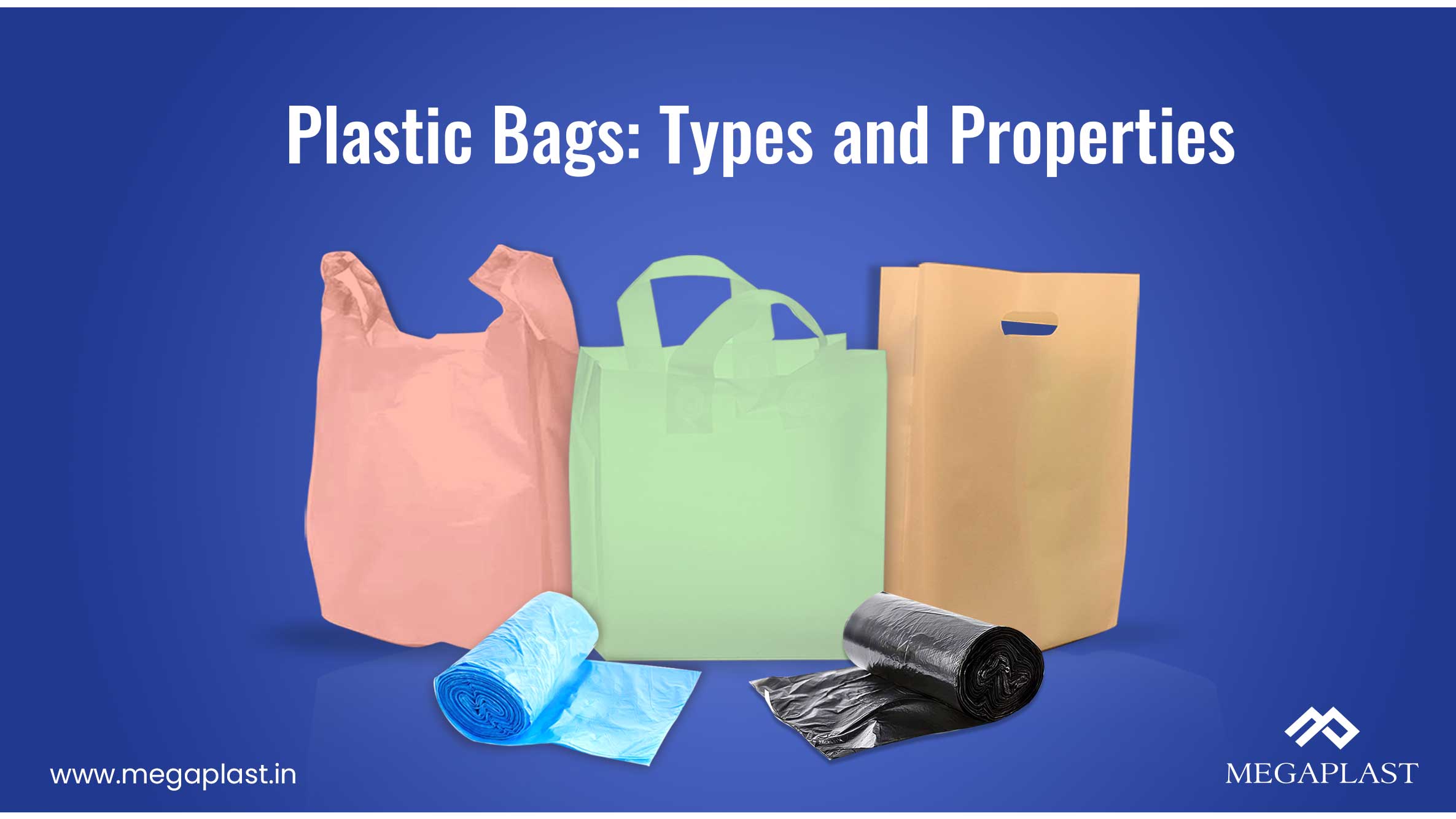From Convenience to Controversy: The Lifecycle of Plastic Shopping Bags

In the modern retail landscape, plastic shopping bags have become a ubiquitous feature, often taken for granted as an essential convenience. Their lightweight nature and low cost have made them the go-to choice for shoppers around the globe. Easily folded and stashed away, these bags offer a simple solution for transporting purchased goods, fostering a culture of convenience that complements our fast-paced lives.
However, beneath this façade of practicality lies a growing controversy that has sparked debates around the environmental impact of plastic shopping bags. As awareness rises regarding pollution and sustainability, many communities are re-evaluating the role these bags play in our daily routines. From their creation to their disposal, the lifecycle of plastic shopping bags highlights a complex interplay of convenience and consequence, driving conversations about responsible consumption and the future of retail practices.
History of Plastic Shopping Bags
The origins of plastic shopping bags can be traced back to the 1960s when polyethylene was developed as a lightweight and durable material. This innovation led to the creation of the first plastic bags, which were initially used for packaging and storage purposes. In the early 1970s, the retail industry began to adopt these bags for their convenience and cost-effectiveness, leading to a rapid increase in their popularity among consumers.
By the late 1970s and early 1980s, plastic shopping bags became a staple at grocery stores and supermarkets. Their ability to hold more items than traditional paper bags, coupled with their resistance to moisture, allowed them to dominate the market. Retailers appreciated their low production costs and the ease with which they could be stacked and stored. As a result, plastic bags started replacing paper bags in many stores, marking a significant shift in shopping habits.
As plastic shopping bags gained prominence, environmental concerns began to surface. In the 1990s, studies highlighted the negative impact of plastic waste on ecosystems and wildlife. This sparked debates about the sustainability of these bags, leading to a growing movement advocating for alternatives. As a result, many retailers started exploring reusable options, paving the way for the controversies and legislative actions that would later define the plastic shopping bag debate.
Environmental Impact
Plastic shopping bags have a significant and often detrimental impact on the environment. When discarded improperly, these bags can take hundreds of years to decompose, contributing to the growing problem of plastic pollution. They frequently end up in oceans, rivers, and other natural habitats, where they pose a threat to wildlife. Animals may mistake plastic bags for food, leading to ingestion that can cause injury or death. Additionally, these bags can entangle marine life, disrupting ecosystems and leading to a decline in biodiversity.
The production of plastic shopping bags also has environmental repercussions. Manufacturing these bags requires the use of fossil fuels, which contributes to greenhouse gas emissions and climate change. Furthermore, the process often involves the release of harmful chemicals into the air and water during production and disposal. These environmental costs raise important questions about the long-term sustainability of plastic shopping bags and their impact on our planet’s health.
Efforts to mitigate the environmental impact of plastic shopping bags include increasing public awareness, promoting reusable bags, and implementing bans or taxes on single-use plastics. Many communities and countries have already taken steps to reduce plastic bag usage, recognizing the need for action to protect natural ecosystems and combat climate change. As the conversation around sustainability evolves, the future of plastic shopping bags remains a critical issue that requires ongoing attention and innovative solutions.
Future Alternatives
As the movement away from plastic shopping bags gains momentum, various alternatives are emerging to meet consumer needs while addressing environmental concerns. Reusable bags made from materials such as cotton, jute, and recycled plastics are becoming increasingly popular. These bags not only provide a sustainable option but also encourage responsible consumer behavior. Retailers and consumers alike are recognizing the long-term economic and ecological benefits of investing in reusable bags.
Biodegradable and compostable bags represent another promising alternative. Made from materials like cornstarch or other plant-based sources, these bags break down more easily in the environment compared to traditional plastic. While they still require proper disposal conditions to decompose effectively, their development illustrates a shift towards more sustainable materials in consumer products. As technology advances, it is likely that these alternatives will become more efficient and affordable, further reducing reliance on conventional plastic.
Innovation in packaging is also paving the way for future alternatives. Companies are exploring new methods to deliver products without the need for bags or excessive packaging. Initiatives like bulk buying, refill stations, and minimalistic packaging designs are gaining traction. Such approaches not only minimize waste but also engage consumers in more sustainable practices, fostering a collective responsibility towards reducing plastic pollution. By embracing these alternatives, society can move towards a future where shopping is both convenient and environmentally responsible.
